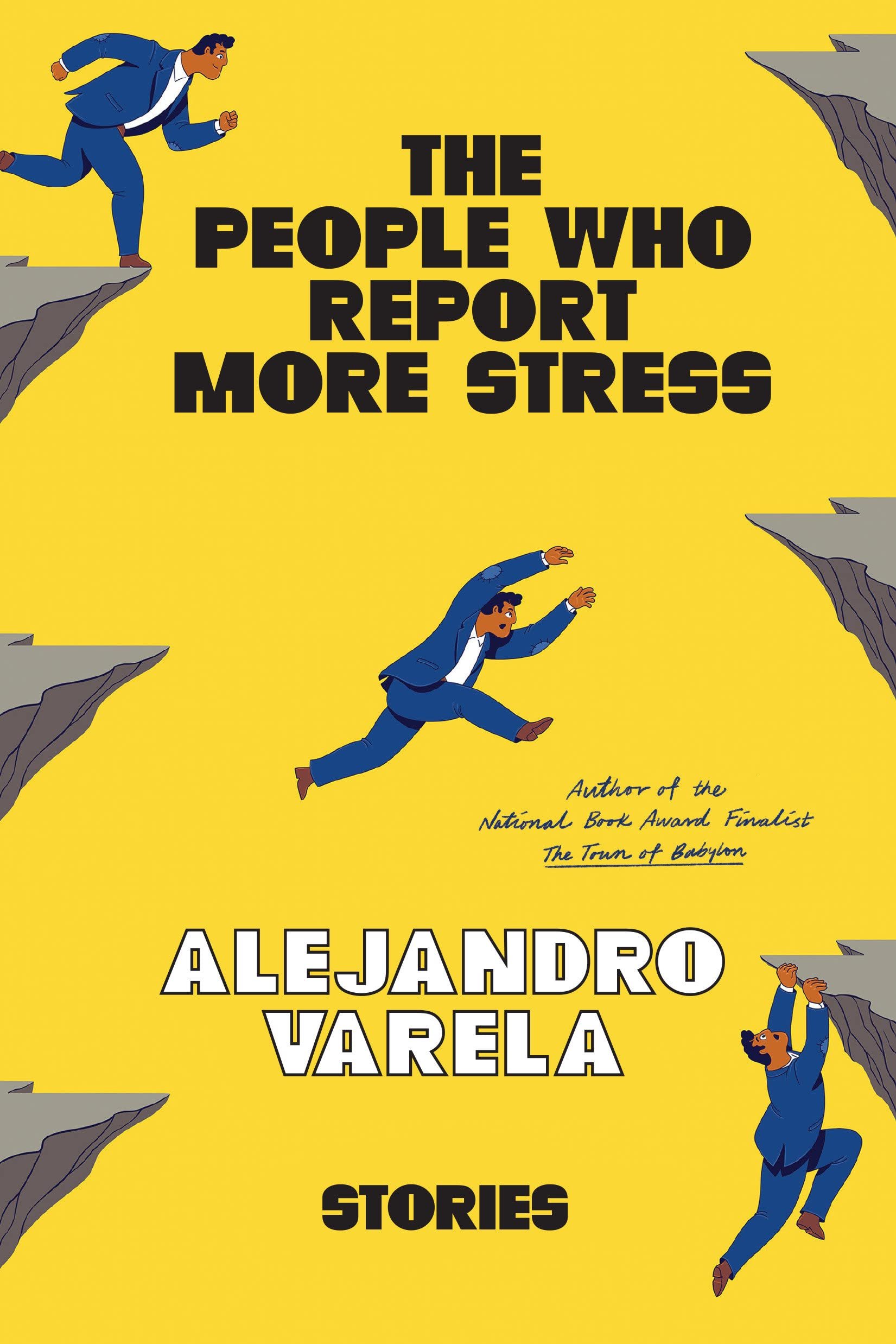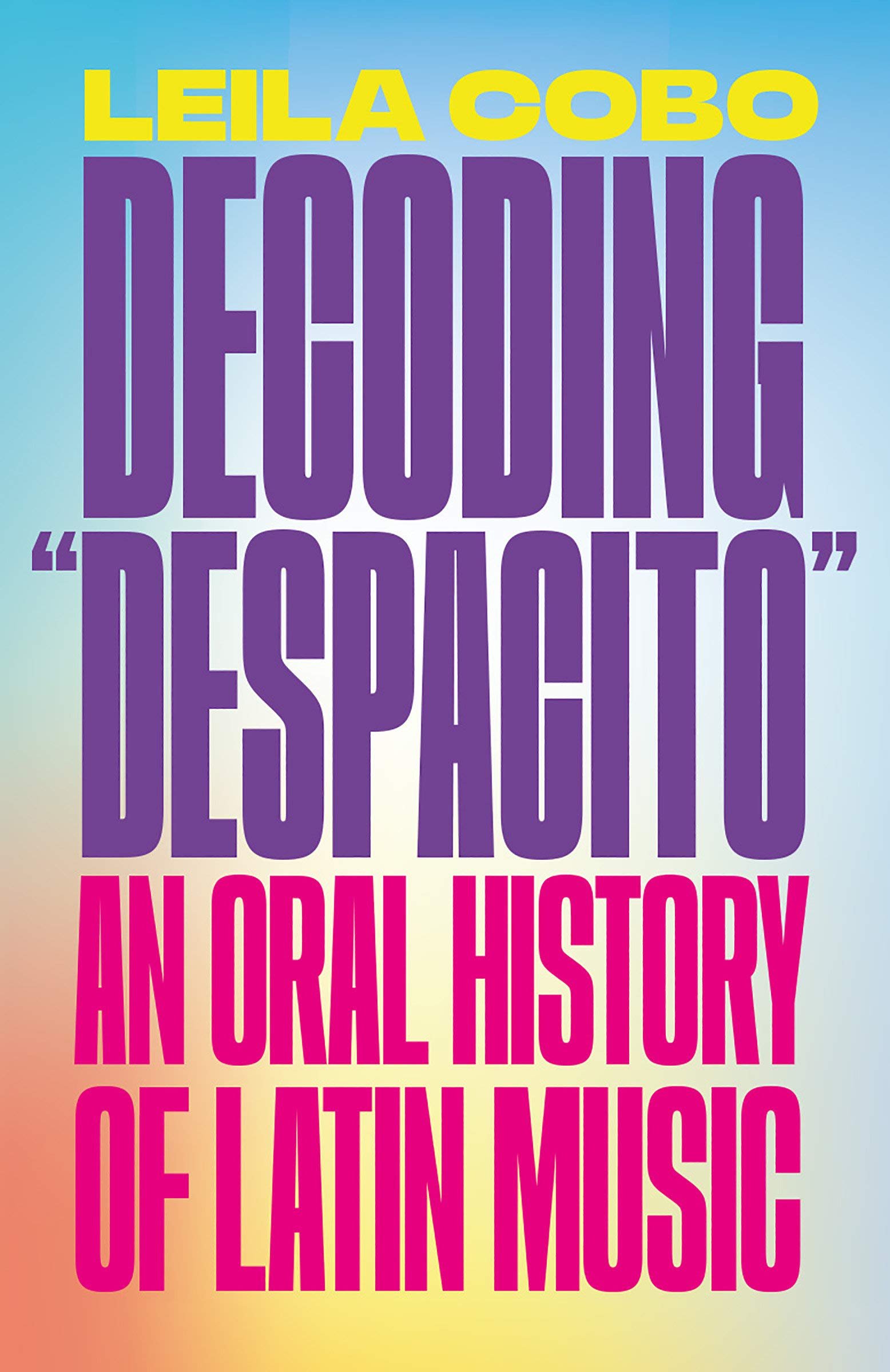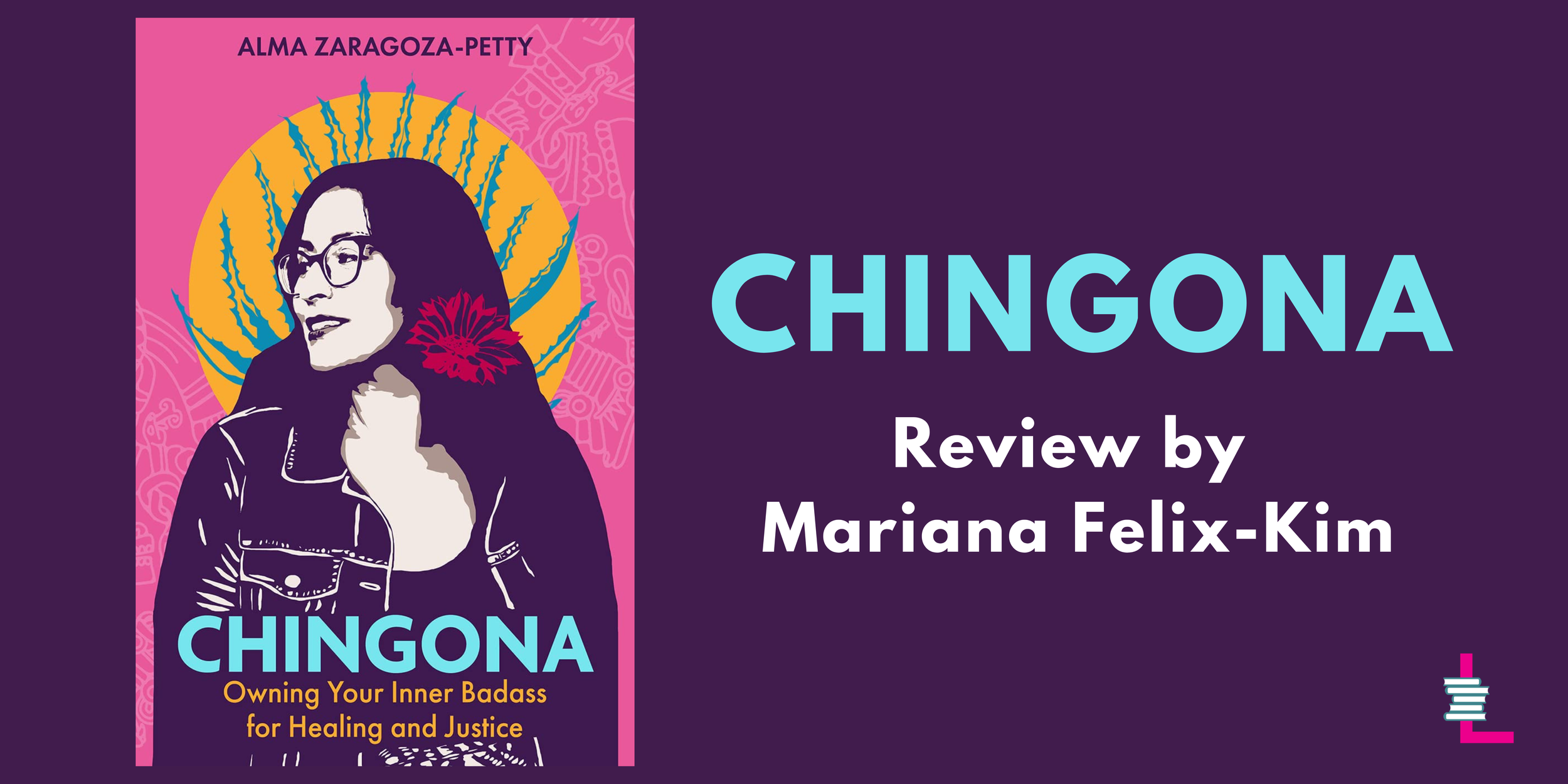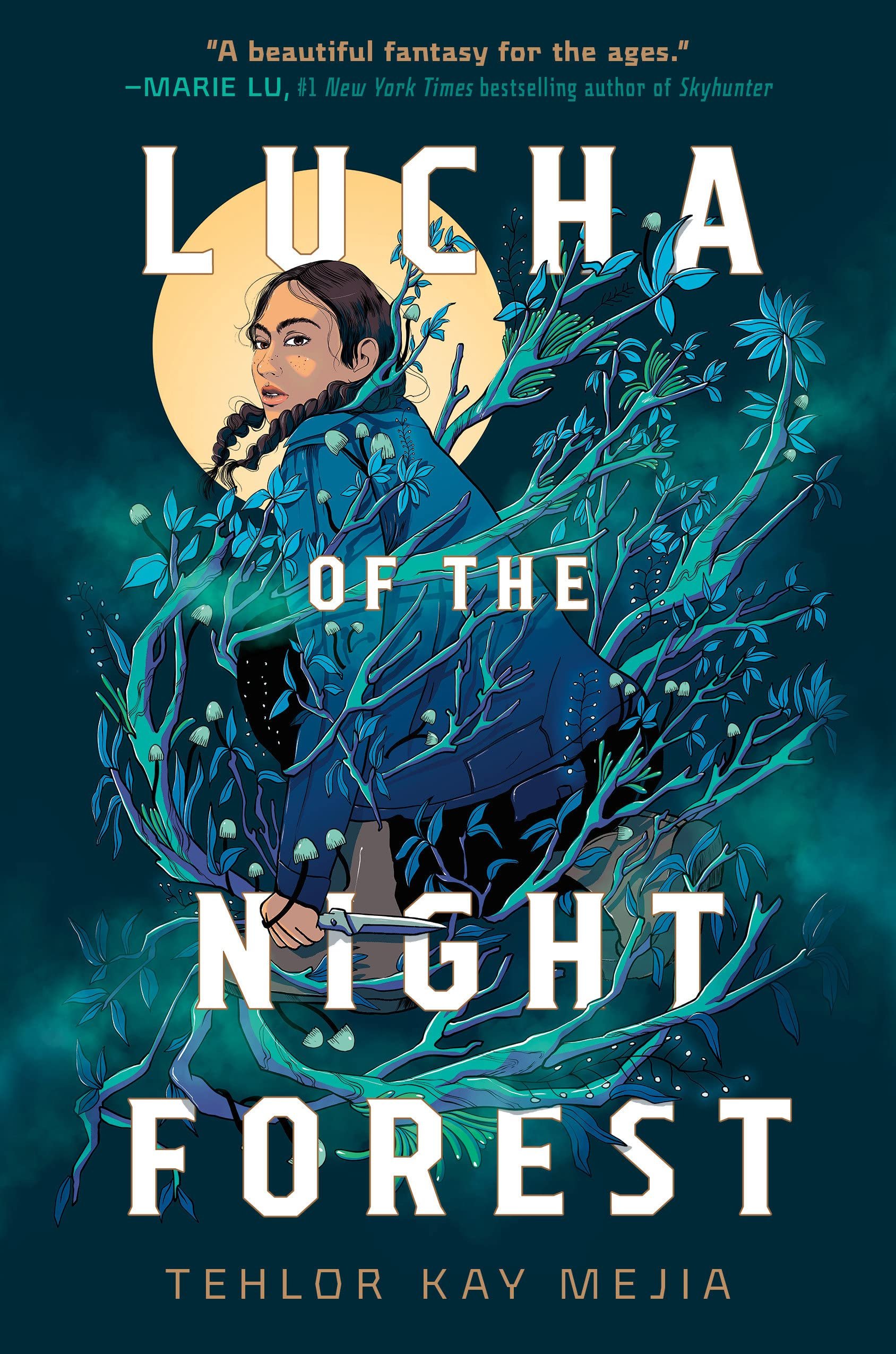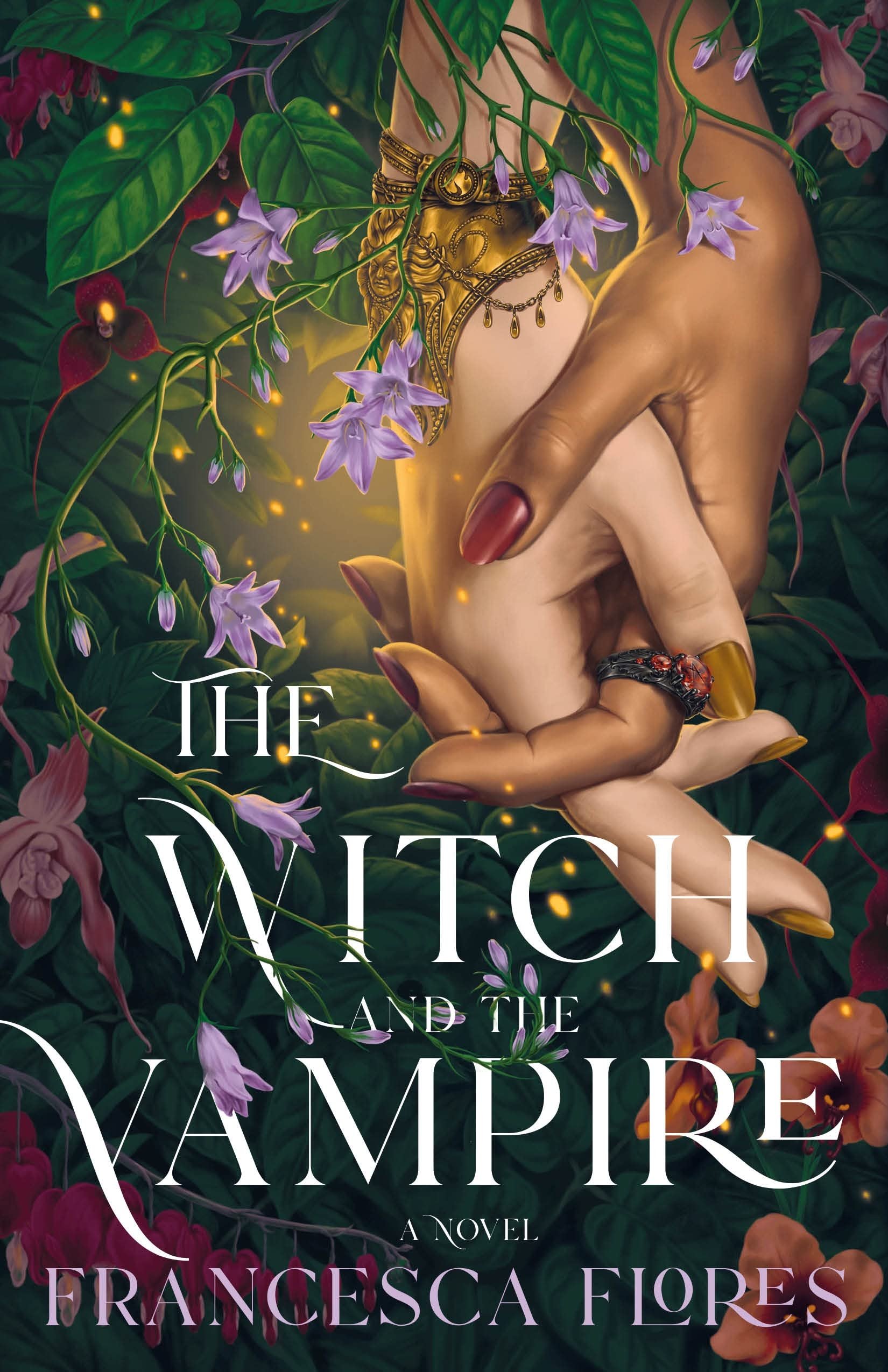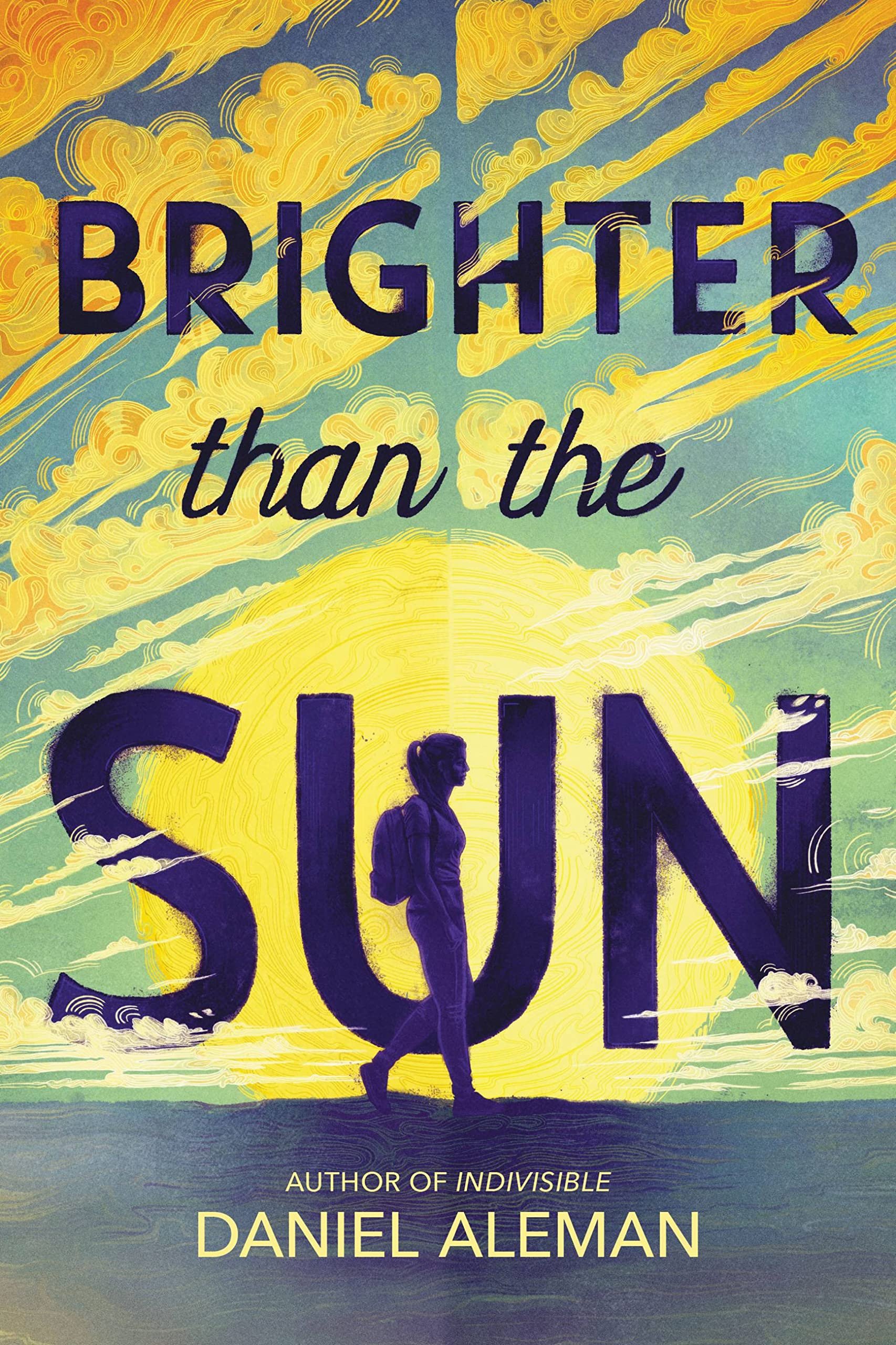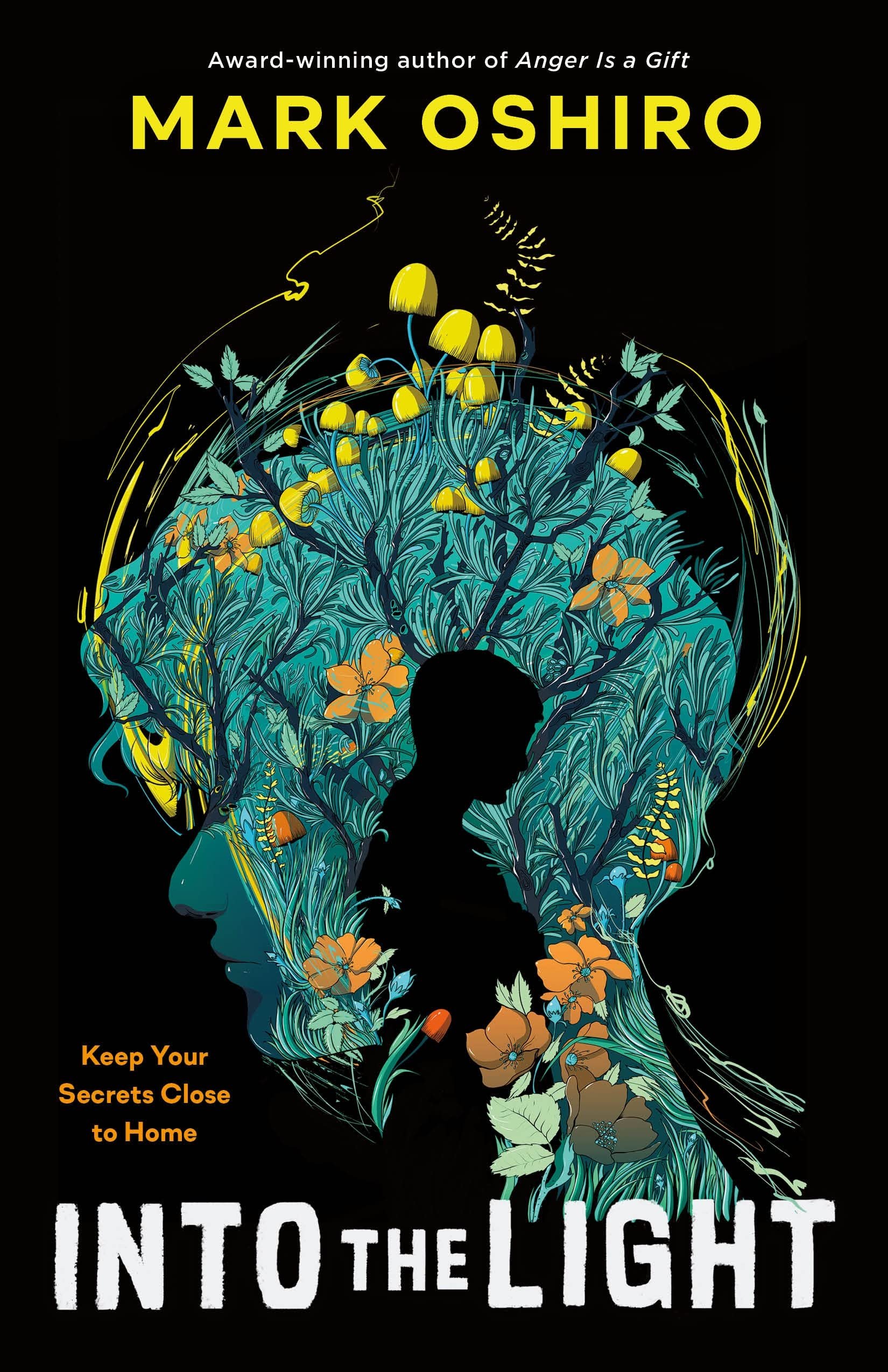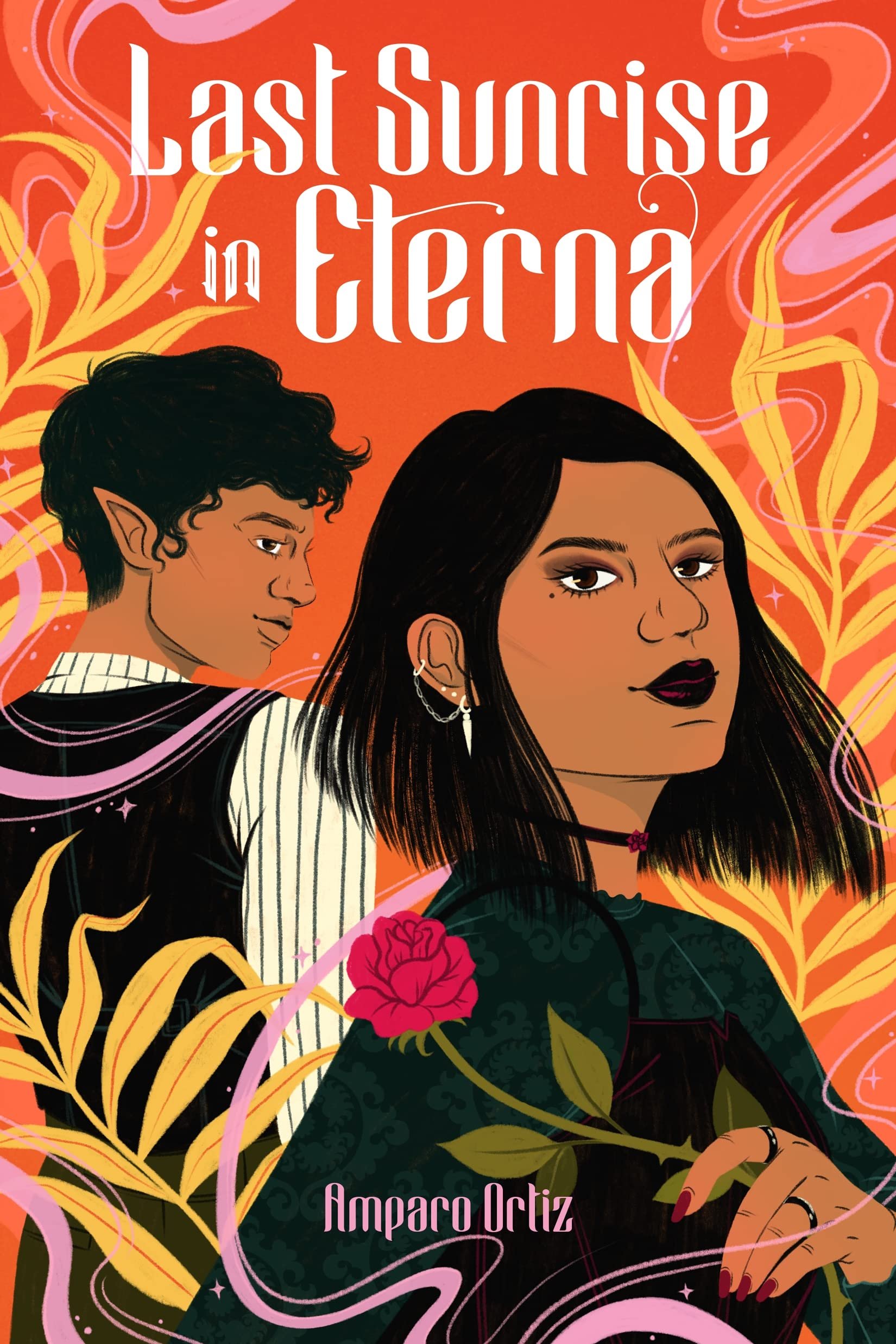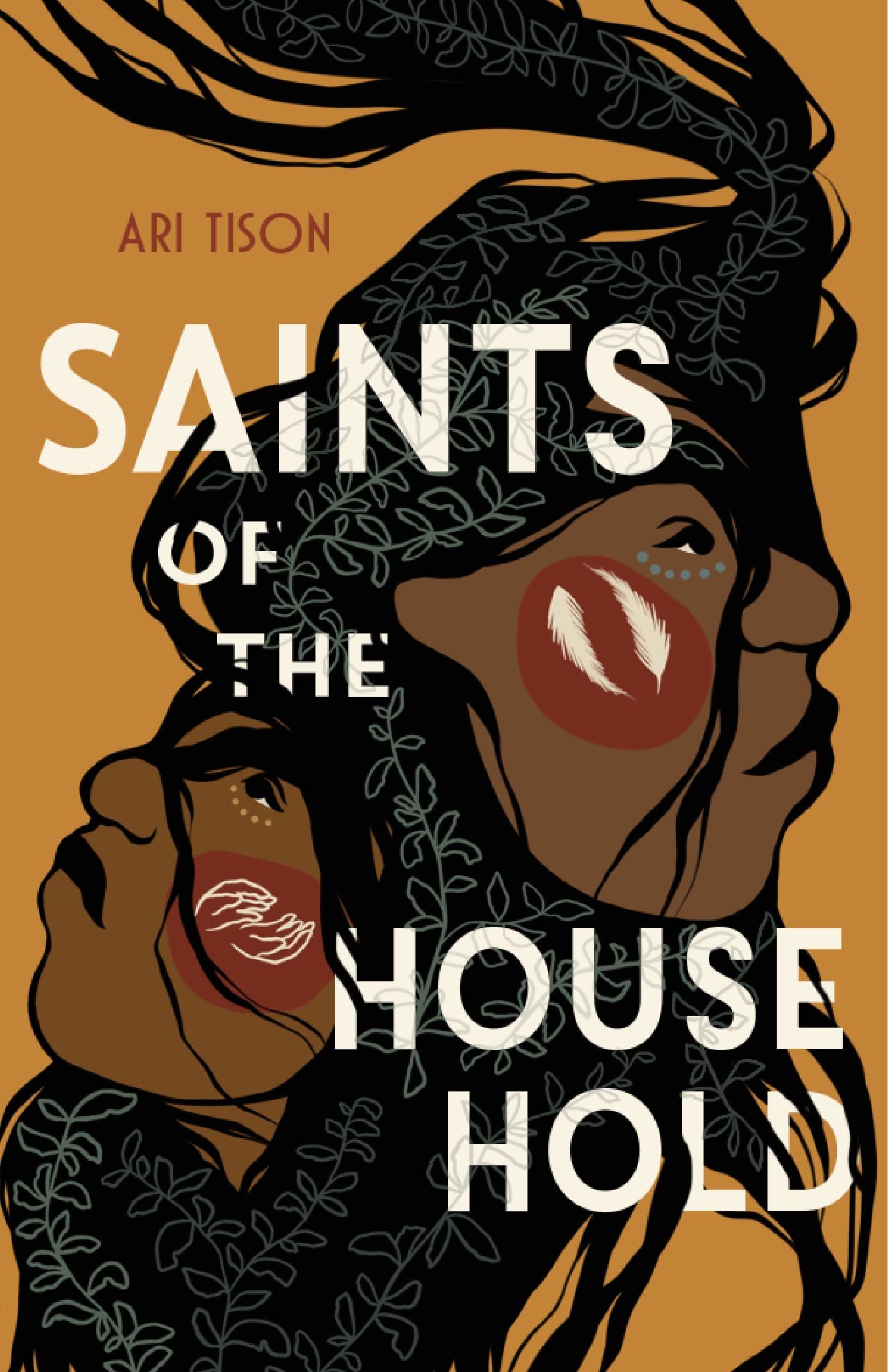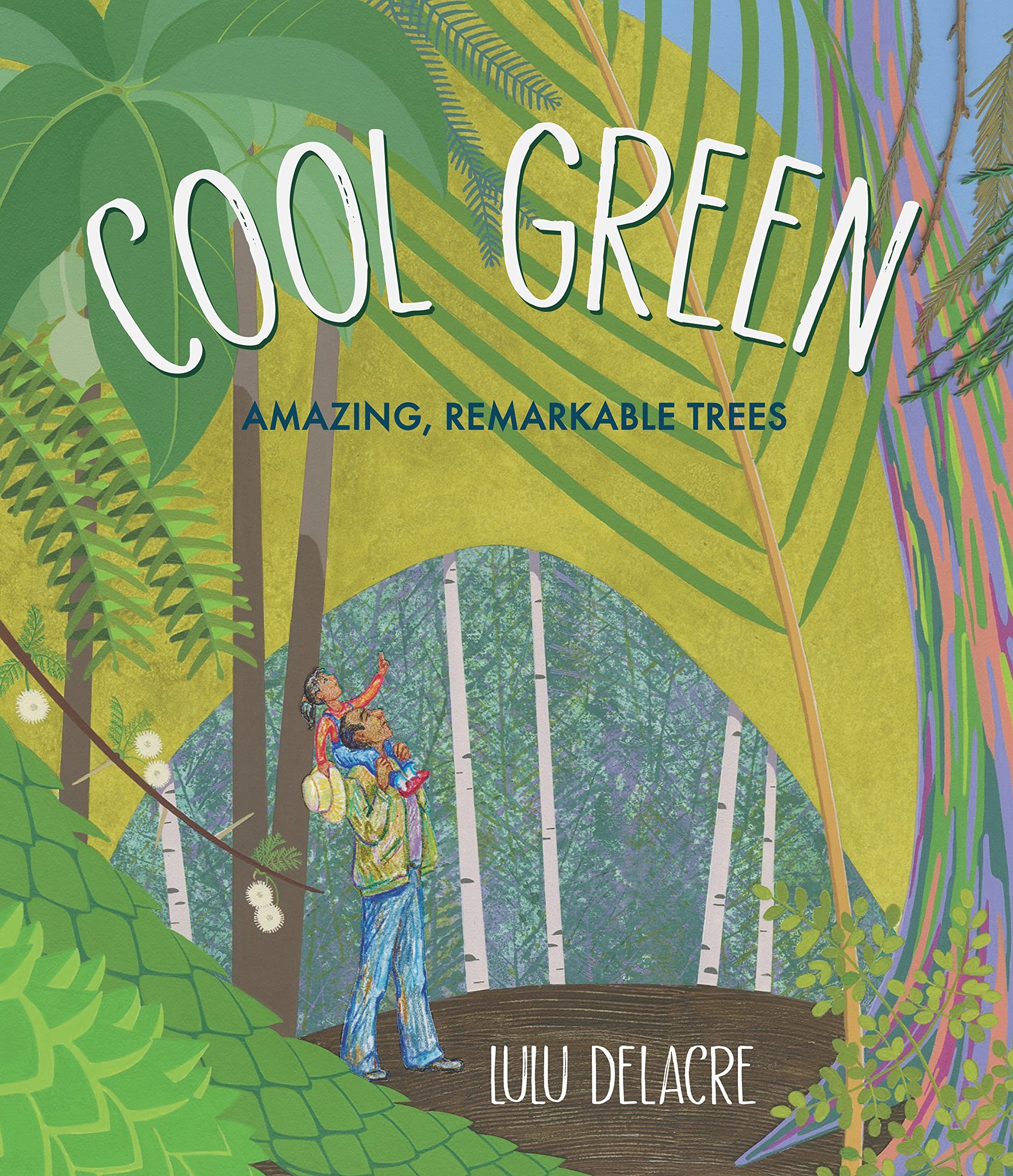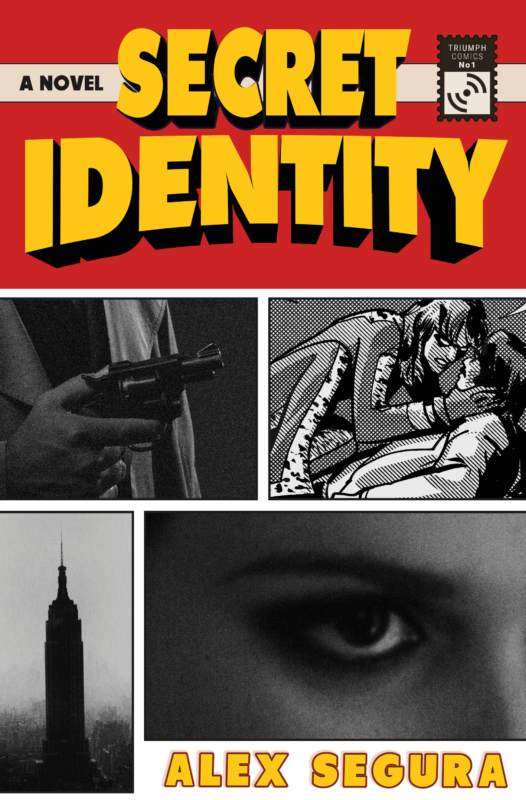Latinx in Publishing is pleased to exclusively reveal the cover for DO I BELONG HERE? / ¿ES ESTE MI LUGAR? written by René Colato Laínez and illustrated by Fabricio Vanden Broeck; publishing May 31, 2023 from Piñata Books. Read on for the official book synopsis and to view the gorgeous cover!
The experiences of newcomer students in schools are portrayed in this winning, bilingual picture book.
Cover illustration: Fabricio Vanden Broeck
Design Credits: Bryan Dechter
An immigrant boy stands “in the middle of a whirlwind of children,” and wonders where is he supposed to go. Finally, a woman speaks to him in a language that he doesn’t understand and takes him to his classroom. A boy named Carlos helps orient him, but later when he reads aloud,
everyone laughs at him. And when he gets an “F” on an assignment, he is sure “I do not belong here.”
But gradually the boy begins to learn English. He works hard. He always pays attention, finishes his homework and—most importantly—never gives up. He begins to recognize words. “I
understand now. Open is abrir, books are libros and page is página.” And when the kids invite him to play soccer, he thinks, “Maybe I belong here.” As the boy’s grades improve and he makes friends, he realizes, “I belong here.” And when he sees a girl looking lost, sure she doesn’t belong, but he can now say with certainty: “Not yet. But you will.”
Award-winning children’s book author René Colato Laínez teams up again with illustrator Fabricio Vanden Broeck to explore the experiences of newcomers in schools and affirm that yes, they do belong! With beautiful acrylic-on-wood illustrations depicting children at school, this bilingual kids’ book by a Salvadoran immigrant tells an important story that will resonate with all the kids who want nothing more than to belong.
René Colato Laínez is the author of numerous picture books for children, including My Shoes and I / Mis zapatos y yo (Piñata Books, 2019), Mamá the Alien / Mamá la extraterrestre (Lee & Low Books, 2016), From North to South / Del norte al sur (Children’s Book Press, 2013), René Has Two Last Names / René tiene dos apellidos (Arte Público Press, 2009) and I Am René, the Boy / Soy René, el niño (Arte Público Press, 2005). He is an elementary school teacher in Los Angeles, California.
Fabricio Vanden Broeck is a designer, illustrator, painter and professor of design at the Universidad Autónoma Metropolitana-Azcapotzalco in Mexico City. He illustrated My Shoes and I / Mis zapatos y yo (Piñata Books, 2019).






